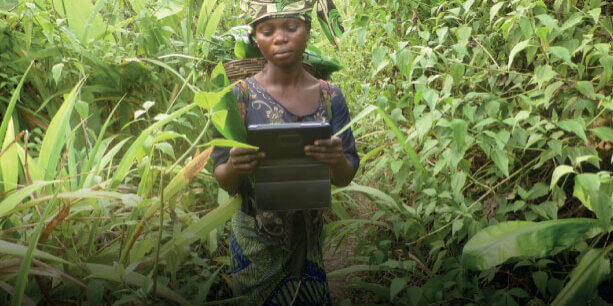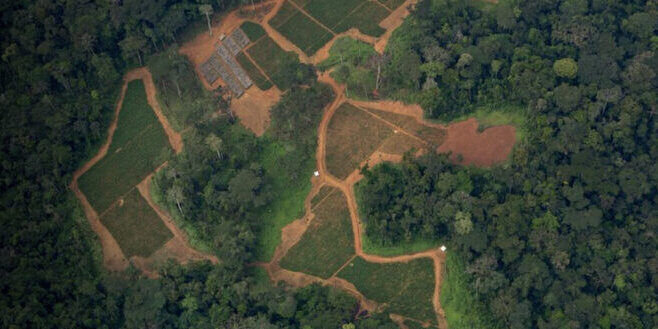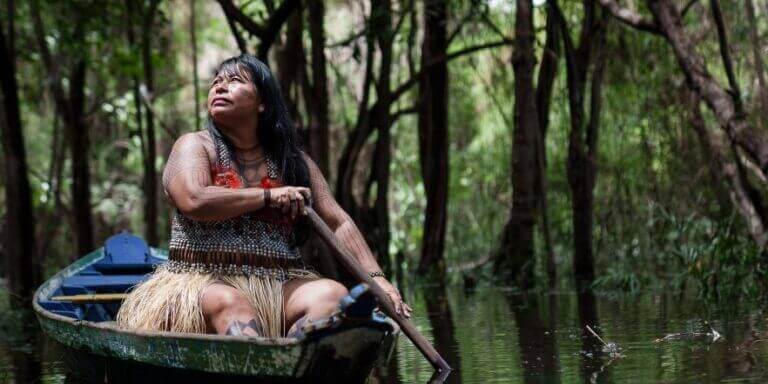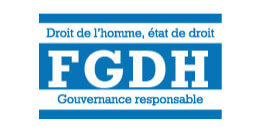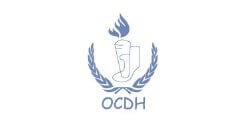Population
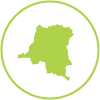
Country size
Forest cover
overview
Tropical forests cover about two-thirds of the Republic of Congo and harbour a wide array of fauna and flora. These forests are also home to hundreds of local communities including several indigenous peoples, many of whom maintain a semi-nomadic existence.
Around three-quarters of the country’s forest is allocated as logging concessions, a major driver of forest degradation that has brought few lasting local benefits. Agribusiness, planned oil and infrastructure development are increasing pressures, particularly with several permits overlapping the Cuvette Centrale peatlands - one of the largest carbon syncs on the planet. Unfortunately, conservation efforts through strictly protected areas and carbon offset projects have often increased the marginalisation forest peoples.
Despite these challenges, legal openings for promoting their rights do exist through a 2011 indigenous peoples' law, recent community forest legislation as well as land-use planning reforms, even if implementation is slow and hampered by a lack of geographical space. As in other countries in the Congo Basin, environmental and human rights defenders face increasing threats and are forced to operate in a political landscape that provides very little space for civic participation.
Latest news
Latest publications

Three Basins Summit Statement
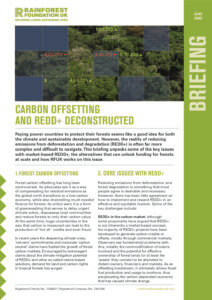
Carbon Offsetting and REDD+ Deconstructed

Congo in the Crosshairs: Oil and Gas Expansion Threats to Climate, Forests, and Communities



